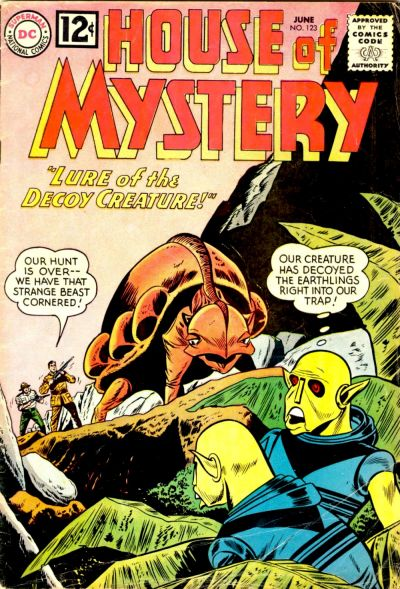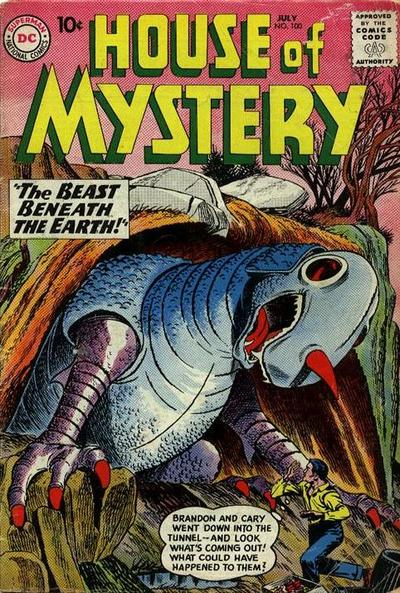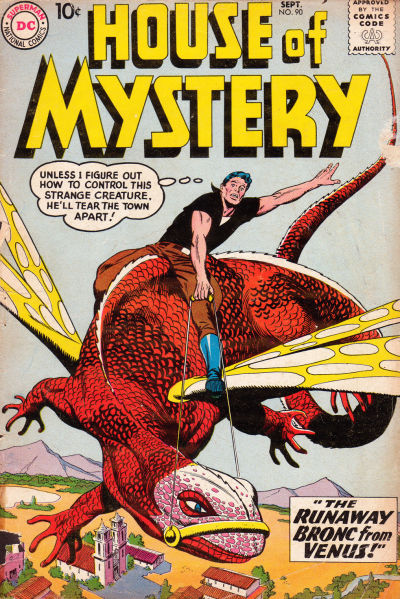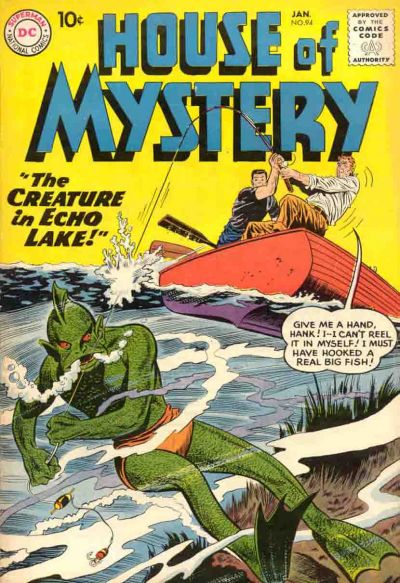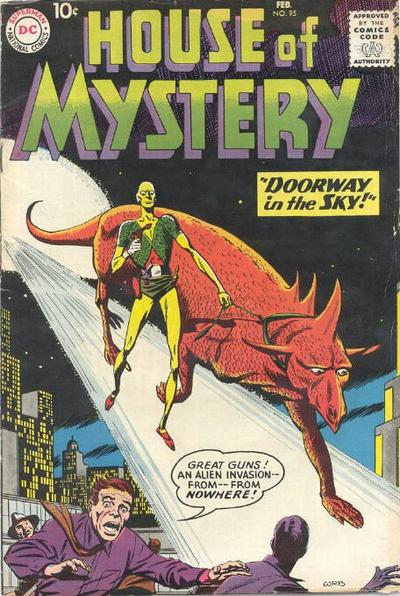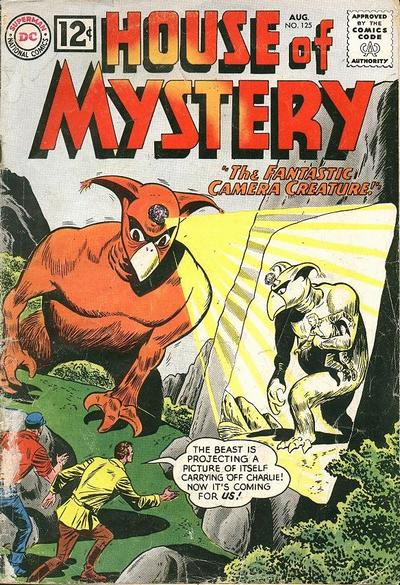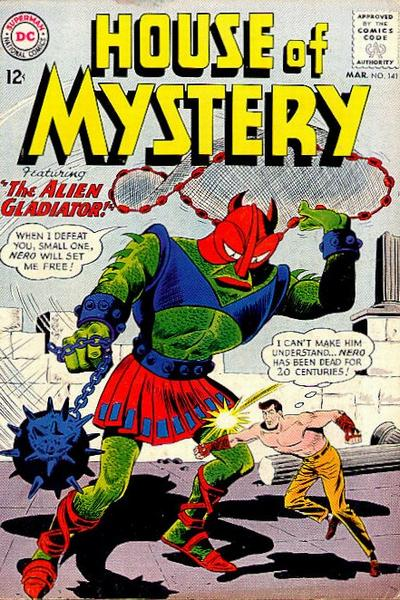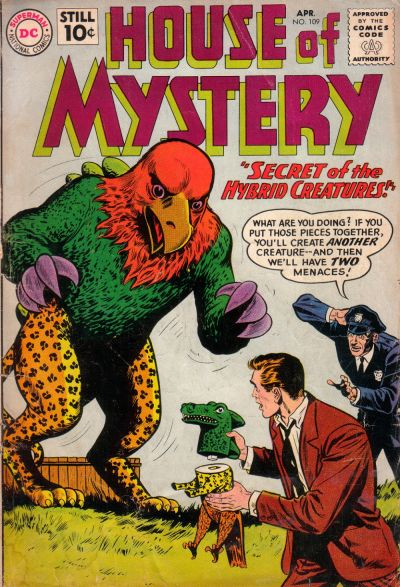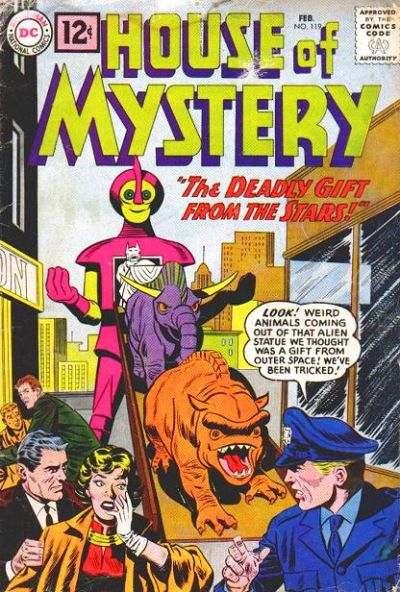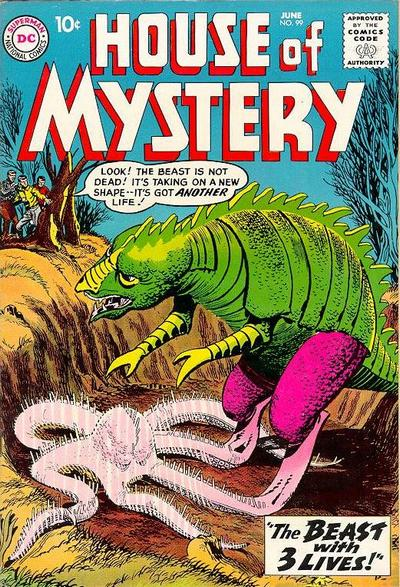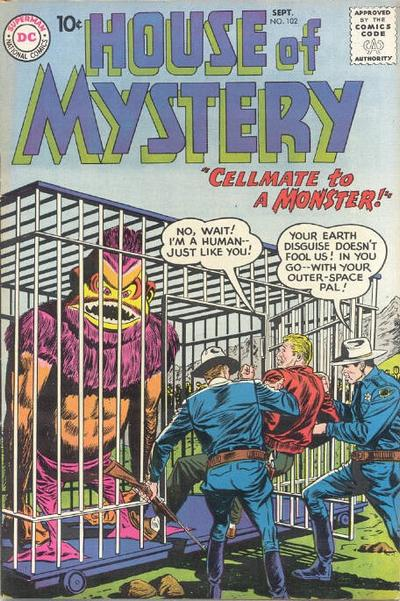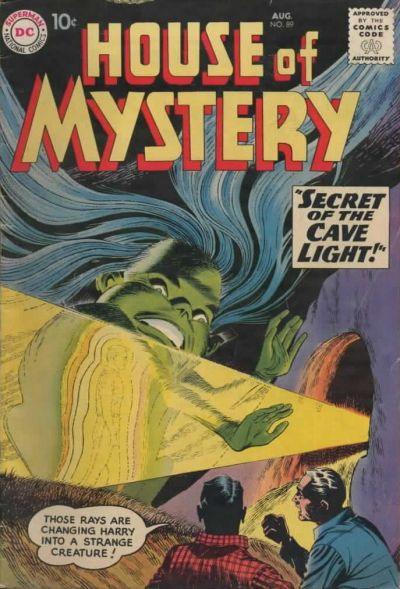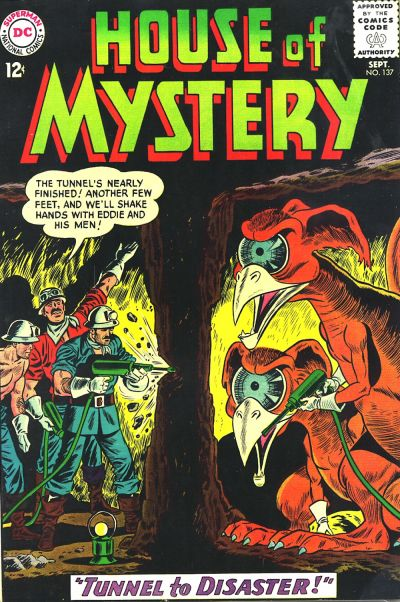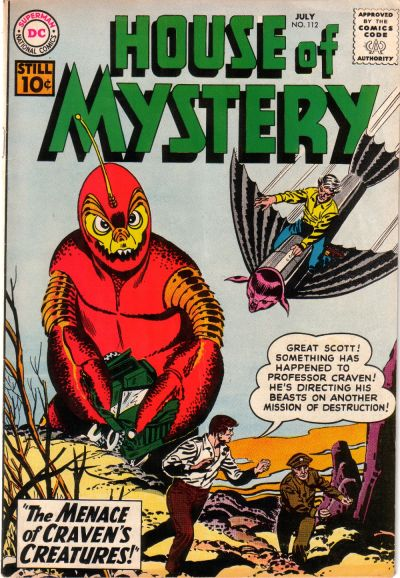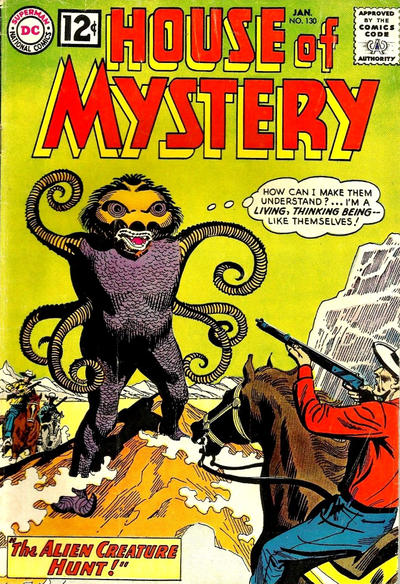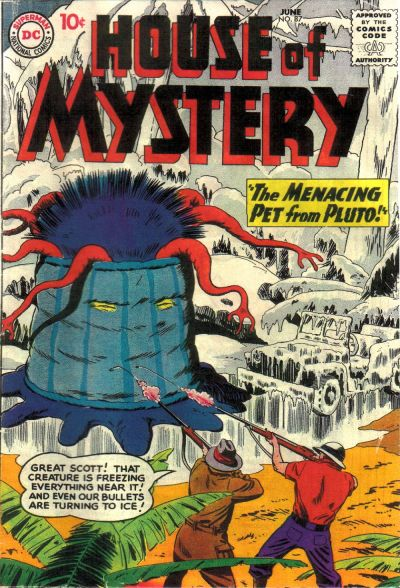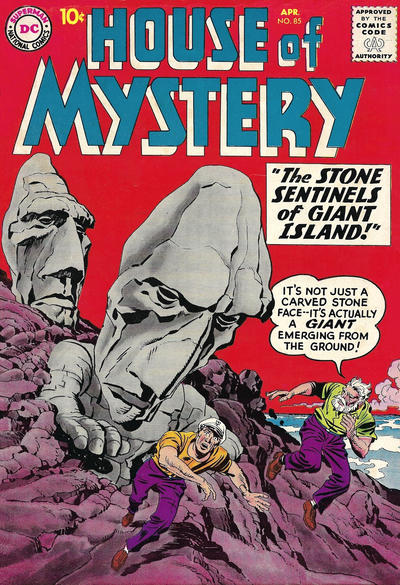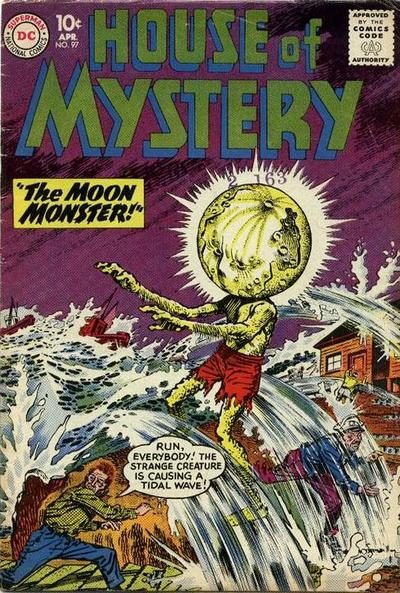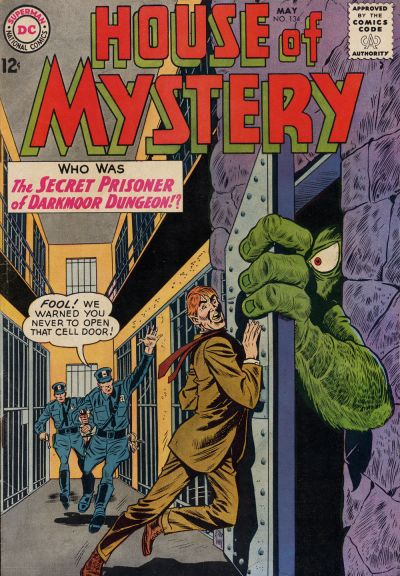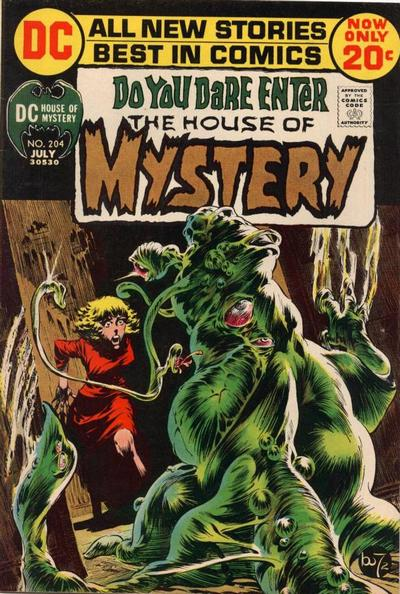At Gotham Calling, Halloween is the time when I usually highlight my favorite recent horror movies. In past years, I chose stuff from the margins that surprised and affected me – Censor and Antebellum – but this time my pick is a bit more high-profile: yep, it’s Nope.
There is continuity in my preferences, as this tale of a possibly haunted ranch specialized in horses for films, TV, and commercials contains elements of both social comment/satire and metafiction… Like Jordan Peele’s previous films, Nope has a plethora of multilayered themes, allegories, Easter Eggs, and intertextual nods for fans and critics to dissect. I guess this is just the way films are made now: from Quentin Tarantino to Edgar Wright, from James Bond to Star Wars, movies have become extended collages of swipes and riffs on other movies, so that even original works feel like part of the parade of sequels, remakes, and requels ushered in by contemporary IP-driven film production (cue in a pretentious reference to Fredric Jameson’s Postmodernism, or, the Cultural Logic of Late Capitalism). What used to be the occasional wink at experts has become the basic tissue… and it appears to be what most excites large segments of the internet.
However, I fear that pointing this out is almost doing Nope a disservice, as if it’s a linear message picture, a puzzle that begs to be de/reconstructed, or a navel-gazing piece of little interest to outsiders. In fact, watching Nope on the big screen a couple of months ago, I wasn’t thinking about deciphering its subtext or anticipating how much fun it would (no doubt) be to discuss it afterwards. Rather, I was truly immersed in a world whose atmosphere frightened me, whose characters amused me, whose images – and sounds – awed me, and whose story went in gloriously strange directions. In short, I had a blast!
That said, of course I didn’t enjoy Nope in a vacuum, so for all its intensity and originality there was also pleasure in recognition and association. For one thing, the film immediately brought to mind a certain type of bizarre monster narratives that were all the rage in comic books from the 1950s/60s. Recalling this, it inspired me to devote this Halloween’s selection of twenty horror covers specifically to House of Mystery’s contribution to this subgenre:
Fortunately, this tradition of freaky creatures wasn’t entirely lost after the Silver Age…

